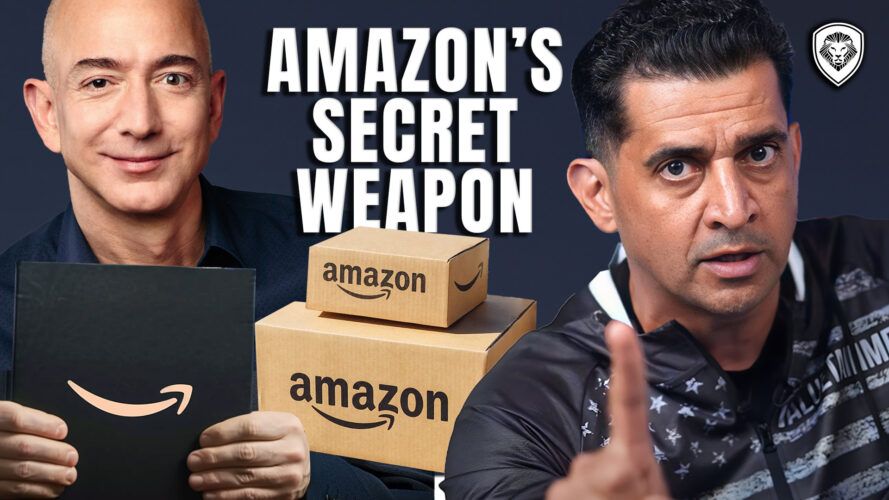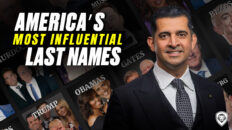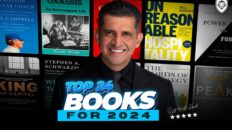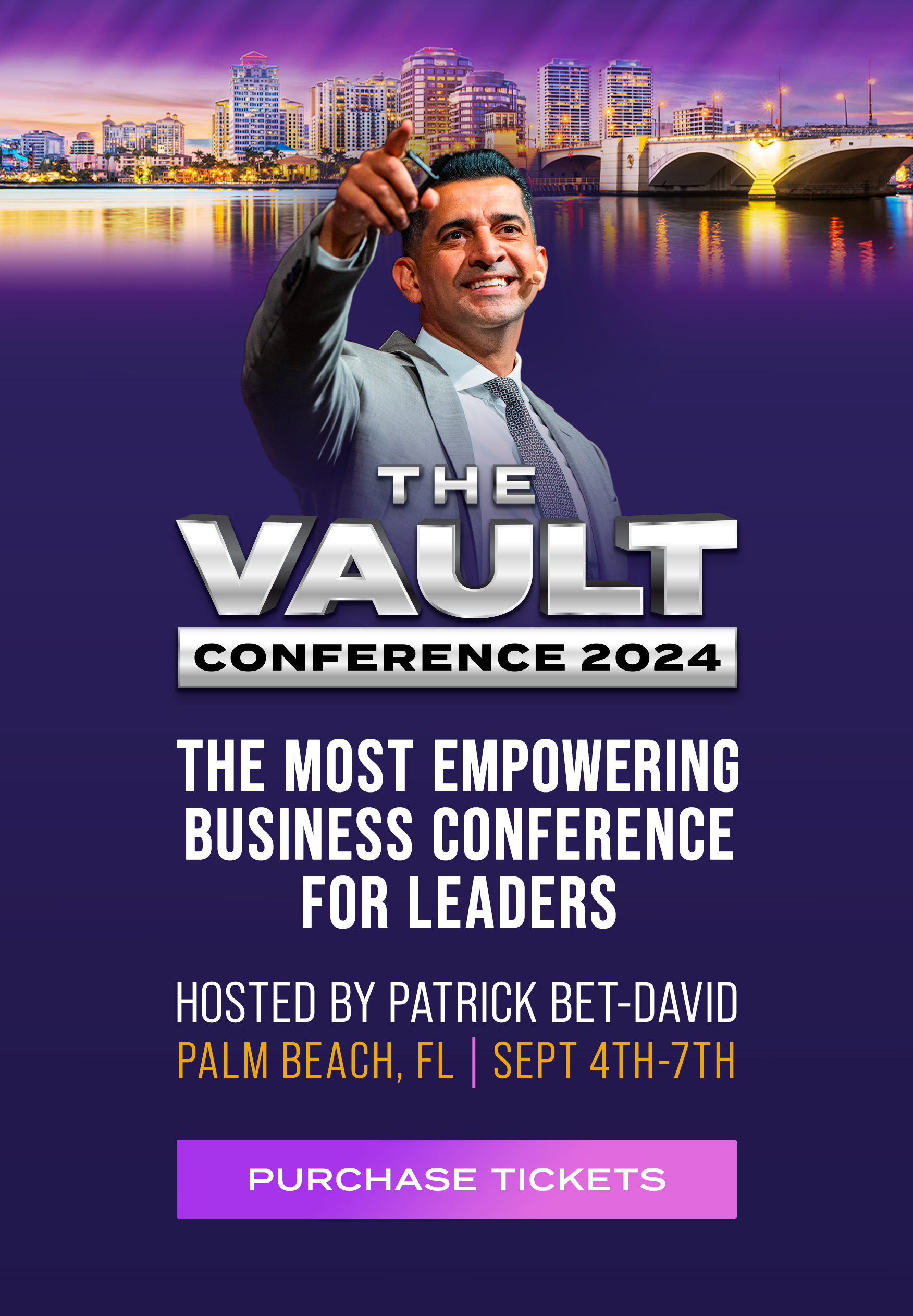In this video, Patrick Bet-David highlights the secret weapon Jeff Bezos used to build the successful empire of Amazon, as revealed through an aggregated analysis of his shareholder letters.
In a shareholder letter written in 2017, Jeff Bezos explained his business philosophy as follows:
“There are many ways to center a business. You can be competitor focused, you can be product focused, you can be technology focused, you can be business model focused, and there are more. But in my view, obsessive customer focus is by far the most protective of day one vitality.
Why? There are many advantages to a customer-centric approach, but here’s the big one: customers are always beautifully, wonderfully dissatisfied, even when they report being happy and business is great. Even when they don’t yet know it, customers want something better, and your desire to delight customers will drive you to invent on their behalf. No customer ever asked Amazon to create the Prime membership program, but it sure turns out they wanted it, and I could give you many such examples.”
Learn the benefits of becoming a Valuetainment Member and subscribe today!
In 2019, a writer for Inc.com analyzed all of Jeff Bezos’ shareholder letters up until that point. It turns out his favorite word is “customer,” which he had used 443 times. By comparison, “Amazon” was used just 340 times.
Amazon explicitly “strives to be Earth’s most customer-centric company,” in addition to being the planet’s “best employer” and its “safest place to work.”
Bezos’ obsession with the customer brought Amazon to the $1.87 trillion market cap it enjoys today.
What could happen to your business if you made customers the number one priority?
For Amazon, every day is day one; that’s the “day one” mentality Bezos speaks of (Patrick calls it “start-up mentality”). This reveals itself in everything they do, from their extremely simple and easy-to-use online store to the ease with which one can find anything they need from their help pages (they spend a lot of time making their language as simple and clear as possible). Amazon’s relentless, start-up-esque focus on the customer and their experience means they don’t need to have a competitor-focused or product-focused view, since all of that falls into place when you focus on the customer.
Another customer-centric company is Ritz-Carlton. The entire experience from beginning to end at their hotels is enjoyable and personal: they even place handwritten cards in the hotel rooms. Tech company Apple took the Ritz-Carlton customer service model and turned it into their own acronym: APPLE.
- Approach customers with a personalized warm welcome.
- Probe politely to understand the customers’ needs.
- Present a solution for the customer to take home today.
- Listen for and resolve issues or concerns.
- End with a fond farewell and an invitation to return.
Apple, however, is notably a product-centric company rather than a customer-centric one, because for them their whole business stands or falls on the quality of the product. For Amazon, the “product” changes all the time.
Clothing retail giant Nordstrom treats employees as customers, so that they will treat customers well. They aim to make customers feel valued, so they make their employees feel valued. To do this, they extensively train their staff members to provide the best experience possible.
They follow four rules: 1. Happy employees equals happy customers. 2. Tailored-made experiences 3. Never stop innovating. 4. Lead from top down.
“We have to have a certain amount of humility,” reads one of the company’s internal mottos. For the first 66 years of its existence, Nordstrom was originally a shoe store. Former chairman Bruce Nordstrom (grandson of the founder John W. Nordstrom) has talked about how he was raised literally on his hands and knees, tending to the needs of the customer.
Watch the rest of the video to learn methods Patrick has personally used in his businesses to treat the customer well and earn customer loyalty.
 Shane Devine is a writer covering politics, economics, and culture for Valuetainment. Follow Shane on X (Twitter).
Shane Devine is a writer covering politics, economics, and culture for Valuetainment. Follow Shane on X (Twitter).


















Add comment